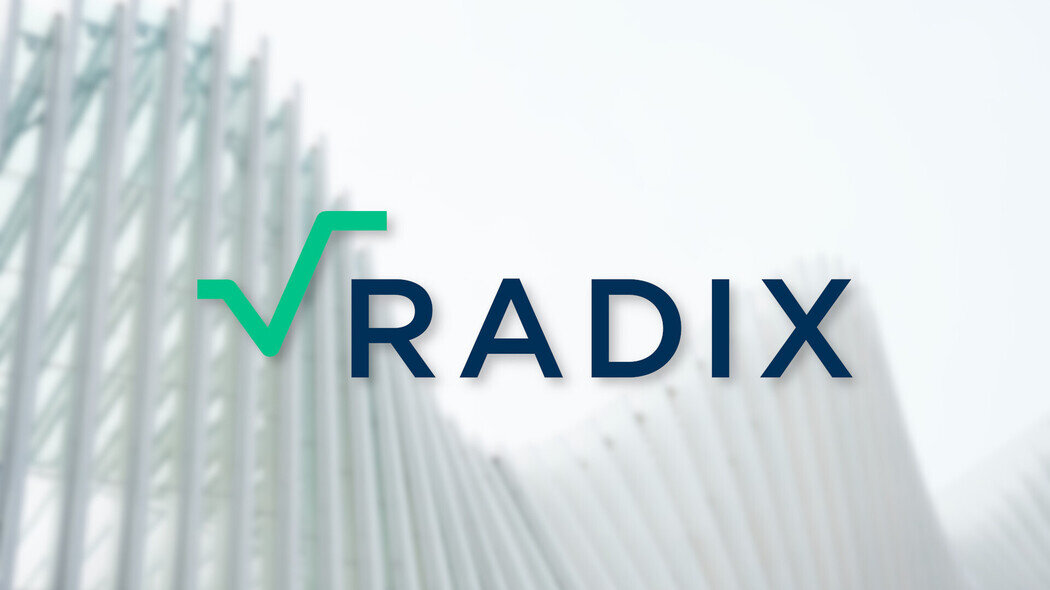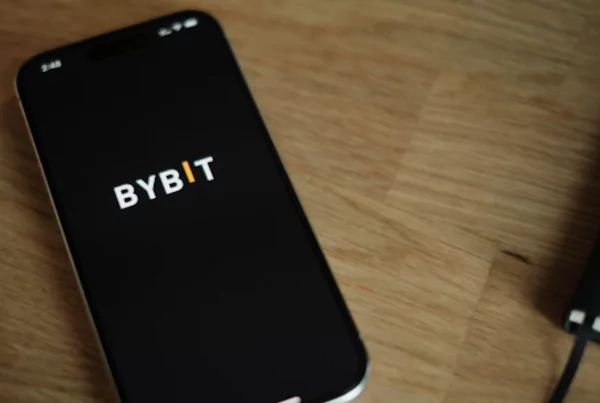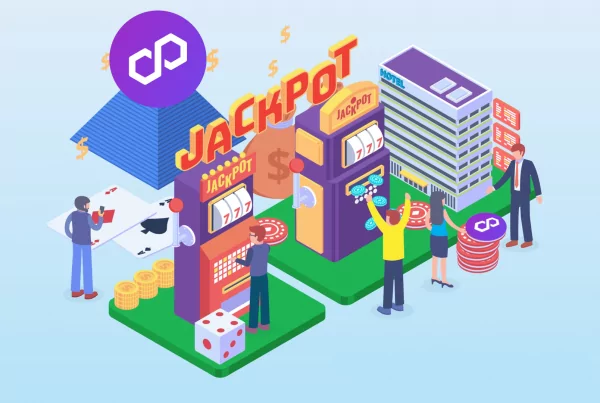
Excitement is growing about the alternative decentralized finance platform Radix as its native cryptocurrency token XRD launches on major exchange platforms like Bitmart, Gate.io, LBANK and WhiteBit today.
There’s likely to be big demand for XRD because it’s the primary token of the Radix blockchain, which is a highly specialized decentralized ledger that’s purpose built for DeFi. Unlike other blockchains such as Ethereum and Solana, Radix follows what it calls an “asset-oriented” approach to DeFi, in which cryptocurrency tokens and NFTs are treated as native assets on its platform.
This difference is crucial because it enables developers to create dApps for DeFi using smart contracts that are far less complicated than those on alternative blockchains. The advantage of this is that Radix-based DeFi provides much greater security, as there’s less likelihood that vulnerabilities in its smart contracts will go unnoticed. That’s important because vulnerabilities are the primary reason why millions of dollars in DeFi are lost to hackers, scammers and other ne’er-do-wells each year.
Smart contract code is kept to a minimum on Radix due to its use of components and blueprints, which can be thought of as pre-written lego brick-style code that’s created using its native Scrypto programming language. Developers simply bolt various components and blueprints together to create highly customized DeFi apps, with greater confidence that this code is highly secure.
Given Radix’s unique architecture, it’s no surprise that it has attracted lots of interest since it was first launched earlier this year. Despite going live in what has been one of the harshest crypto winters on record, Radix has enjoyed seven-times transaction volume growth on its network, while the number of active wallets with at least 2,000 XRD has grown by 52%. In total, there are now more than 81,000 active wallets on its network, up from just over 11,000 at the beginning of the year.
With this rapidly growing interest, the listing of XRD on major cryptocurrency exchanges is a key milestone that’s likely to generate even more excitement. Investors will now be able to trade key token pairs like XRD/BTC and XRD/UST. What’s more, the listing coincides with the launch of Radix’s long-awaited Babylon Alphanet, which is said to be stage two of a staggered release schedule that will eventually lead to the Babylong Mainnet going live early next year.
Babylon Alphanet is designed for developers who’re building dApps using Radix Engine, giving them a platform to test various protocols and user interfaces ahead of the mainnet launch. This will ensure that their dApps are ready for prime time. Radix Tokens Jersey Limited CEO Andy Jarret said he wasn’t surprised to see the Radix project’s rapid acceleration.
“We have spent the last eight years building and refining a complete DeFi stack to support a $400 trillion economy, so it’s rewarding to see so many in the crypto community experience the Radix revolution and join the movement.”
Jarret said.



